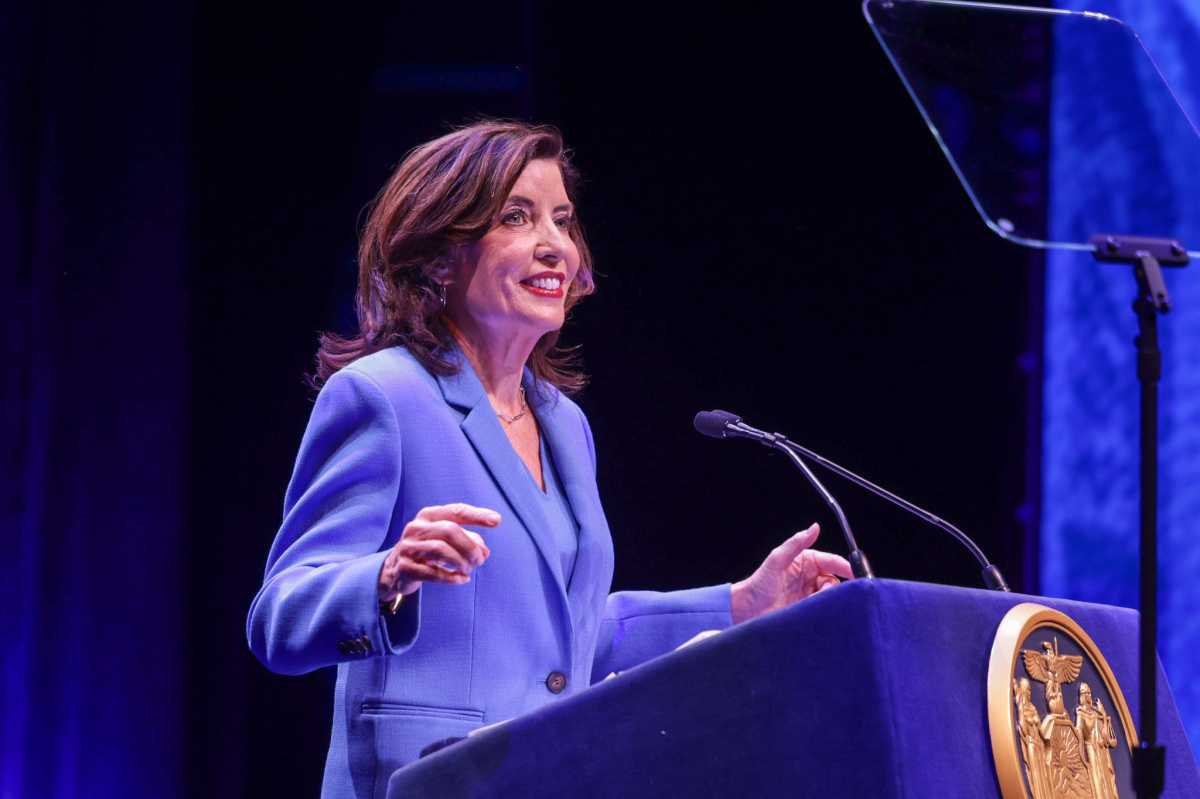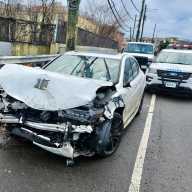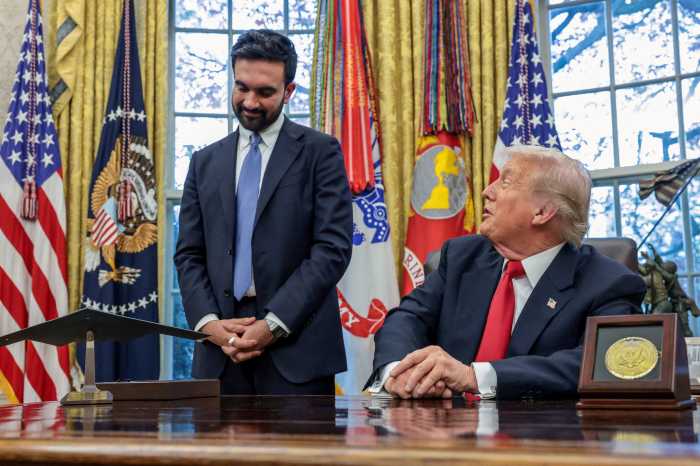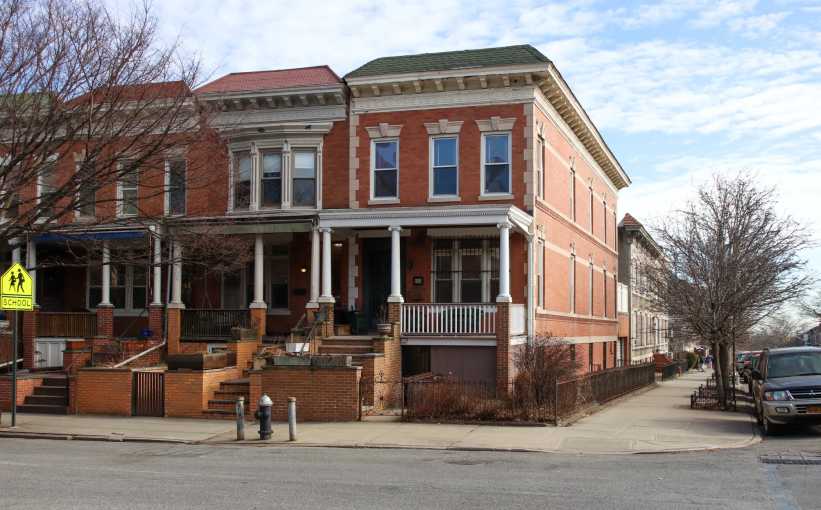For victims in the lesbian, gay, bisexual and transgender (LGBT) community, fear of how they will be perceived may influence a person’s decision to seek aid.
“What is complicated for this population is that … there is a really large effort to normalize the popular view of the LBGT community,” said Rita Abadi, the counselor coordinator of the Sexual Assault and Violence Intervention program (SAVI) at Mount Sinai Hospital. She also said, “There is a lot of prejudice and biased regarding the transgender community and they don’t want to bring any kind of attention to them.”
The LBGT community, Abadi explained, may not want to be exposed in the general view as having additional problems, such as intimate partner violence.
“There is an idea that it’s going to damage the public image,” she said.
Abadi said that, although she thinks “things are a little more open” in New York, that is not the case everywhere. She said there are some people who expect there to be fewer problems in LBGT intimate partner relationships, when in reality domestic violence occurs at about the same rate as in heterosexual relationships.
According to the Mayor’s Office to Combat Domestic Violence, there are other myths about the LGBT community can minimize abuse. They include believing that women can’t rape, men can’t be raped or battered, and the power is equal in a same-sex relationship.
Access to services can also be difficult.
“I think the major barrier is that services are not designed to serve the LBGT community,” Abadi said.
Abadi explained that most of the services, such as shelters, are only funded to assist women. She said that lesbians might have access to a woman’s shelter, but it is more complicated for men, who could end up in a homeless shelter and not in specific services.
For other who access services, Abadi said, they may not ID who the abuser is in order to withhold information about a same-sex partner relationship. In part, this could be because their family does not yet know of their gender identity or sexual orientation.
“They don’t want to out [themselves] yet,” Abadi said.
The idea of being outed is also something that an abuser can use against a victim. One way they might exert their control is by telling the person that they will out them to family and friends.
“The threat of disclosing … sexual orientation is something that can hold people within a relationship,” said Abadi, adding that victims might worry about the consequences in other aspects of their life, such as work, if they are to come out.
Abadi said she thinks the amount of services for the LBGT community will increase as people become more accepting. She also said that education will be an important component.
“We are in need of a lot of education in order for people to start using the instruments that are available to help protect them,” she said.
More on domestic violence: part 2 of our series.
THE CRIPPLING DAMAGE TO CHILDREN
TRAINING PEER EDUCATORS TO PREVENT ABUSE
LANGUAGE LINE SPEAKS YOUR LINGO
VERIZON ‘HOPES’ TO USE OLD PHONES TO HELP
Stories and links from part 1 of our series on domestic violence can be found here:
THE SILENT SHAME- AN INTRODUCTION TO DOMESTIC VIOLENCE
































